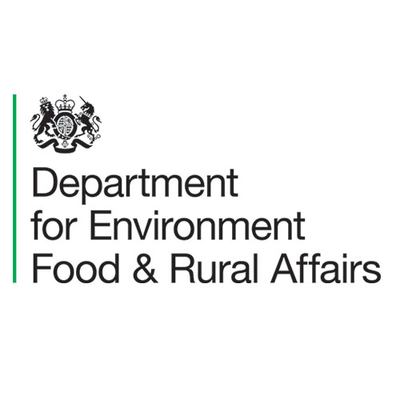
DEFRA consultation
I was given the opportunity recently to contribute towards a group response to a DEFRA consultation, specifically around allergy information on food that is pre-packaged for sale. In effect, this is designed to help form what has been called ‘Natasha’s Law’ in response to the tragic death of Natasha Ednan-Laperouse, the 15 year old girl who suffered a fatal allergic reaction to sesame after eating a Pret-A-Manger baguette on a flight. While the flight was back in 2016, the inquest was prominent in the news last year.
The consultation is specifically looking at the law on food prepacked for direct sale (PPDS) which is quite a specific subsection of shop-bought food. It doesn’t cover items that are prepacked, i.e. packaged and labelled offsite (like crisps or chocolate bars etc…) and it also doesn’t cover food that is made on demand (think custom deli sandwiches etc…). PPDS are items that have been made onsite (typically fresh that day) and packaged ready to sell. Currently these are not subject to the same labelling laws as packaged foods which has caused dangerous, in Natasha’s case – fatal, misunderstandings.
There is a something of a consensus that PPDS are not covered by the same stringent laws as packaged foods as traditionally the kind of businesses that sell these items are small, often independent, companies who would struggle with this overhead. However the rise of branches like Pret and Itsu, whose food almost entirely falls into the PPDS category, show that this has become big business. Clearly if you can walk into one of many hundreds of stores in the UK and expect to pick up a specific sandwich which you already know they stock, then it’s questionable whether it’s really reasonable for them to not cover the overhead of detailed labelling. Especially considering there is clearly a standardised recipe and list of ingredients to each one.
Many of these companies have already made significant changes to their labelling and signage over the last year to deal with this more responsibly. But there are still questions over how companies, who manage to publish allergy and ingredient information online, can avoid labelling their food on the shelves as it goes out.
The DEFRA consultation proposes 4 options that could help to move this forward. Each with their own pros and cons although some clearly more than others. The four proposals are:
- To promote best practice – i.e. to not legally change anything but encourage training and awareness
- To mandate “ask the staff” labels that make it very clear that allergens could (will) be present and customers should ask before ordering to make sure they know what is safe to them
- To mandate that the 14 listed allergens are put on PPDS labels
- To mandate that all ingredients (in the 14 allergens or not) are put on PPDS labels
Clearly these act as some sort of a sliding scale of reform; the first not really changing anything and the last making them pretty much in line with any packaged food you’d find from newsagent or vending machine. It might seem like the further the reform the better but there are downsides as well as benefits. Forcing suppliers to provide such detailed documentation will add costs which will ultimately be passed on to the consumer. Also, there is a danger that it will lead suppliers to drastically limit the range of products they provide as greater variation will incur greater cost and also higher risks of mislabelling. Clearly I want to make sure I know what I can eat; but I also want to make sure there are things out there that I can eat!
The group that I was part of was related to the #allergyhour community of (typically) individuals and families who are managing allergies (often more severe than mine or Piglets) and/or healthcare professionals who work in this area. The wonderful @foodallergyuk (a.k.a. Allergy Mum UK) did a sterling job of gathering all of our responses and synthesising these into a single document to send back to DEFRA. It was fairly clear that the consensus was for the 4th, most severe legal change to be the preferred option although it was accepted that there is no silver bullet to solve all the issues.
One of the big areas that needs more work is around cross-contamination or “may contains” labelling. This is a really difficult area as at present there is only a binary way to denote this: suppliers need to decide whether there is or isn’t a risk that an allergen (that isn’t a listed ingredient) may have come into contact with the food before it’s consumed. In truth there is always ‘a risk’ and it’s quantifying that risk that is important to people with severe allergies – often in a way that requires conversation and reassurance rather than just cautionary labelling. Increasingly, suppliers are stamping ‘may contains’ warnings on more and more food – presumably in order to cover them selves from law suits should the unthinkable happen. Sainsbury’s, for example, have been seen to put “not suitable for” all 14 of the registered allergens on packages of raw meat. That can’t be helping those with allergies make sensible decisions.
To suitably protect those with severe allergies, more qualitative labelling around cross contamination is needed in order for consumers to understand the risks and made their own judgement. Doing this in a practical, scalable and affordable way though is quite a challenge; not one I have an answer for. But I definitely worry that heightened pressure on suppliers to label potential risks without any balancing reward for catering for those with severe allergies could mean that suppliers reduce their options and actually cater less for such requirements. I’ll be very interested to see what comes of the DEFRA consultation.